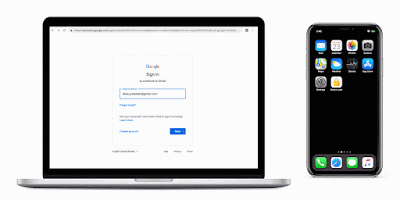Google announced on Wednesday that it has simplified the enrollment process for its Advanced Protection Program and it now allows users to activate a security key on their iPhone.
Google’s Advanced Protection Program (APP) is designed to help high-risk users add an extra layer of protection to their account through the use of security keys.
High-risk users are politicians and their staff, business executives, activists, journalists and online influencers. Since these types of individuals are much more likely to be targeted in phishing campaigns compared to other users, Google offers them the possibility to use security keys for two-factor authentication.
Launched in October 2017, the Advanced Protection Program initially required the use of physical security keys, such as its Titan Security Key devices. Last year it started building security keys into Android phones and now the company announced that security keys can also be activated on iPhones using the Google Smart Lock app.

“The security key in your phone uses Bluetooth to verify your sign-in on Chrome OS, iOS, macOS and Windows 10 devices without requiring you to pair your devices. This helps protect your Google Account on virtually any device with the convenience of your phone,” Google explained in a blog post.
The tech giant also announced that it has simplified the enrollment process for APP to just a few clicks. Android users simply need to visit g.co/advancedprotection to activate the phone’s security key and enroll into the program, while iPhone users need to install the Smart Lock app before visiting the same website.
“With attacks on the rise, and many major events on the horizon this year like the U.S. elections in November, the Advanced Protection Program offers a simple way to incorporate the strongest account protections that Google offers,” Google said.
Related: Google Shares Data on State-Sponsored Hacking Attempts
Related: Google’s USB-C Titan Security Key Arrives in the U.S.
Related: Google to Offer Stepped-up Security For ‘High Risk’ Users














